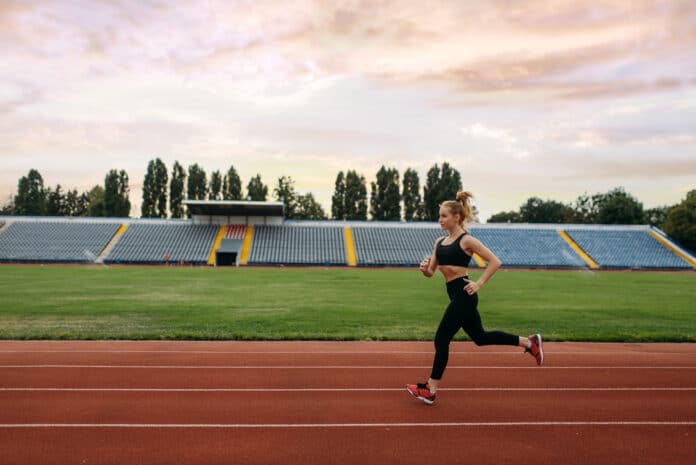Distance running is a popular and demanding sport requiring physical fitness, training, and proper nutrition to achieve peak performance. For female distance runners, optimizing their diet is crucial in enhancing their running speed and endurance and maintaining overall health and well-being. This study explores the impact of dietary improvements on the performance and health of female distance runners.
The belief that a leaner body leads to a faster-running stride is a common misconception among distance runners. However, according to Megan Roche, MD, Ph.D., an ultrarunner and researcher at Stanford Medicine, it must be more accurate and dangerous. Michael Fredericson, MD, a professor of orthopedic surgery and the head physician for Stanford University’s track team, has observed that excessively lean runners, especially female runners, are prone to injuries, infectious diseases, mental health issues, and loss of bone density.
To address these concerns, Fredericson collaborated with researchers at the University of California, Los Angeles, to study the effects of counseling on eating habits and maintaining a healthy weight in female distance runners.
The results showed that after receiving counseling, athletes at Stanford University experienced a 50% reduction in bone stress injuries, and the number of athletes with regular menstruation, an indicator of stable health, doubled. Interestingly, the athletes who regained their menstrual cycle and gained more bone density also demonstrated more robust athletic performance, debunking the misconception that a leaner body necessarily leads to faster running times.
The researchers conducted a study involving 56 female collegiate runners competing in races of 800 meters or more extended to investigate bone stress injuries and their prevention. The athletes underwent four years of training on proper nutrition, caloric intake, and nutrient balance. Dieticians gave annual presentations on food, and each athlete had individual meetings to discuss their eating plan. Those at higher risk for nutrition-related problems or injuries met with dieticians more frequently.
The study concluded in 2020 with 78 runners from Stanford University and UCLA. The results showed promising outcomes at Stanford University, with a 50% reduction in bone stress injuries and a doubled number of athletes experiencing regular menstruation, indicating improved health and bone density. The research was published in BMJ Open Sport & Exercise Medicine, with Michael Fredericson as the principal investigator and Megan Roche as a lead author.
Fredericson, who directs the Physical Medicine and Rehabilitation Sports Medicine service at Stanford Medicine, said, “By the end of the four years, it was fairly dramatic. We saw pretty conclusively that their bone density was improving, and the bone stress injury rate significantly decreased.” The researchers also saw that about half of the runners who were not menstruating regained their periods during the intervention. Excessive weight loss will lead to amenorrhea or lack of menstruation.”
Fredericson and Roche’s study revealed that for their intervention to be successful, there needed to be a shift in the team’s mindset about nutrition and weight. The misconception that being leaner equates to faster running had to be dispelled. At Stanford University, where the coaching staff and dietician remained consistent throughout the study, they actively embraced changing the team culture, with the women’s distance coach even providing nutrition books. As a result, there was a significant reduction in bone stress injuries among the runners.
In contrast, at UCLA, where there were turnovers among the coaching and dietician staff and bone stress injuries were initially less problematic, the runners did not experience a significant reduction in such injuries. This highlights the importance of a supportive team culture and consistent nutrition guidance in improving the health and performance of distance runners.
Fredericson highlighted that osteoporosis and bone stress injuries can also affect male athletes. However, it might be less common due to higher bone density and the potential protective effects of testosterone. The severity of consequences in men can still be significant.
The study’s findings apply to all athletes regardless of age or sex. The researchers advise athletes to maintain a healthy weight, replenish within 30 minutes after workouts, eat frequent meals throughout the day, include healthy, plant-derived fats in their diet, and ensure sufficient calcium and Vitamin D intake for bone strength. According to Roche, being your most vital self is key to being your fastest self.
Journal Reference:
- Michael Fredericson, Megan Roche, et al., Healthy Runner Project: a 7-year, multisite nutrition education intervention to reduce bone stress injury incidence in collegiate distance runners. BMJ Open Sport & Exercise Medicine.DOI:10.1136/bmjsem-2023-001545.
